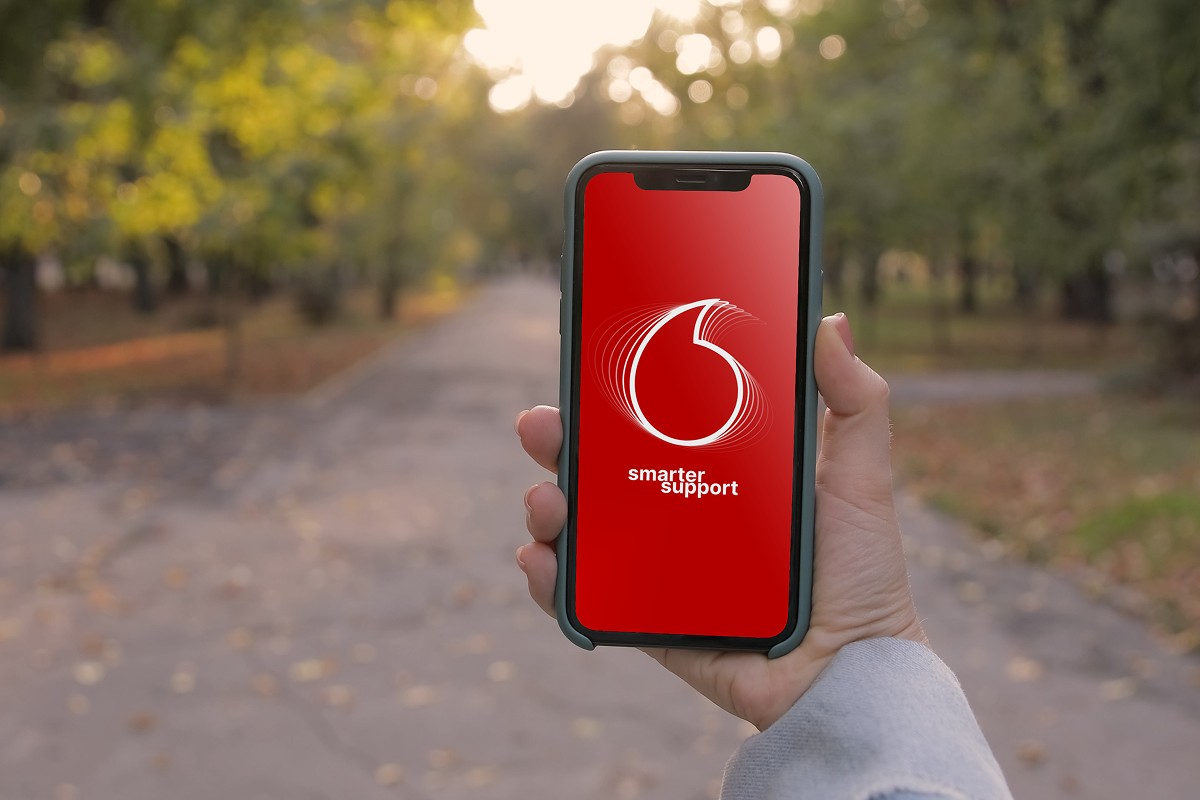Vodafone support environment
IMPROVING SCANABILITY & SELF-SERVICE

Project Details
Client:
VodafoneZiggo
Date:
10 February 2025
Category:
UX research, UX concepting, UX/UI design
The Challenge
Vodafone’s NPS-score was declining, partly because customers were dissatisfied with digital service channels, including the support page. Young customers (18–28) in particular want to solve problems independently, but often got stuck due to overwhelming information, poor scanability, and unclear navigation. This led to unnecessary calls to customer service, longer wait times, and higher costs.
My design challenge became:
"How can we improve the scanability of the factuurpagina in the support environment, so we create a user-friendly self-service experience that encourages young customers to solve their problems independently?"


Results
The final concept introduced a clear, structured and calm design for the billing flows:
- Scanability: content split over multiple pages, bold keywords, and smart dropdowns for bite-sized information.
- Self-service focus: users can check their own invoices while reading explanations, and use visual invoice examples.
- Direct answers: every page ends with a next step like Bekijk jouw facturen, preventing dead ends.
- Reassurance: “Hulp nodig?” (Need any help?) containers remain visible so that users feel support is never far away.
User tests showed that the redesign reduced average task time from 119 seconds to 71 seconds and significantly improved clarity and satisfaction.
My Role
I was fully responsible for the UX process: from research, interviews, and usability testing to concepting and prototyping in Figma. I collaborated closely with UX-researchers, designers, and the product owner, ensuring my designs aligned with both user needs and Vodafone’s DOTS design system.
This project also taught me how to communicate clearly with stakeholders during a company reorganization, balancing empathy and professionalism. I learned to iterate quickly, let go of ideas when tests showed they didn’t work, and deliver a developer-friendly design supported by data and real user insights.
This project reinforced the importance of following UI and design trends while ensuring that the design remains intuitive and user-centric. Through this self-initiated challenge, I was able to take creative risks, refine my design process, and produce a more modern, cohesive version of an app that I use and love.